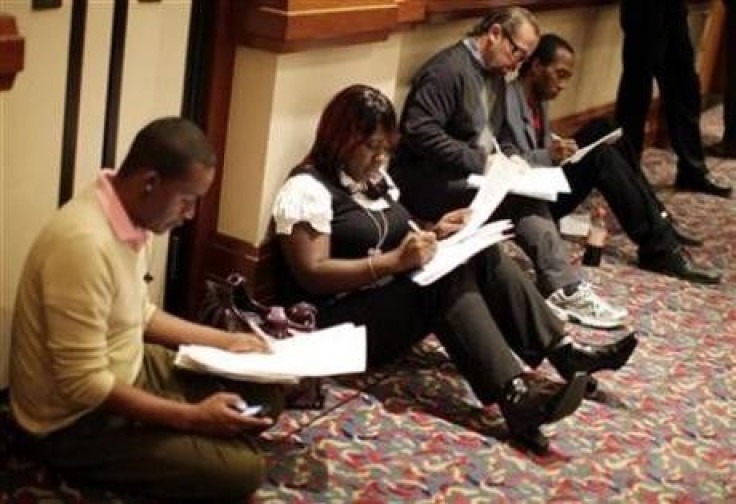Michigan University forecasts sluggish economic recovery

The University of Michigan Research Seminar in Quantitative Economics (RSQE) forecasts that the U.S. economic recovery will be sluggish in the near term.
First, recoveries are always slow after a financial crisis because it takes time to fully restore a functioning financial system, especially since many economic players are [still] deleveraging.
The economy is also struggling with weak consumer spending due to poor job prospects and deleveraging, the belt-tightening within state and local governments, and the still-felt impact of the housing collapse. Moreover, federal fiscal stimulus is fading and any stimulus from the second round of quantitative easing will take some time to develop.
The RSQE expects real GDP to grow at an annual rate of 1.9 percent in fourth quarter 2010 and 2.2 percent in first quarter 2011.
By the middle of 2011, RSQE expects the recovery to gain some momentum. Real GDP is expected to grow by 2.5 percent in second half 2011, 3.1 percent in first half 2012, and 3.4 percent in second half 2012.
By the end of 2012. non-farm payrolls is expected to increase by 3.3 million and the unemployment rate to fall to 9.3 percent.
RSQE expects the Federal Reserve to wait until 2012 to shrink its balance sheet, or reverse quantitative easing, and as long as one year after that to start raising interest rates.
At the end of 2012, consumer inflation is forecast to be 1.6 percent and the 10-year Treasury yield at 2.5 percent.
© Copyright IBTimes 2024. All rights reserved.











